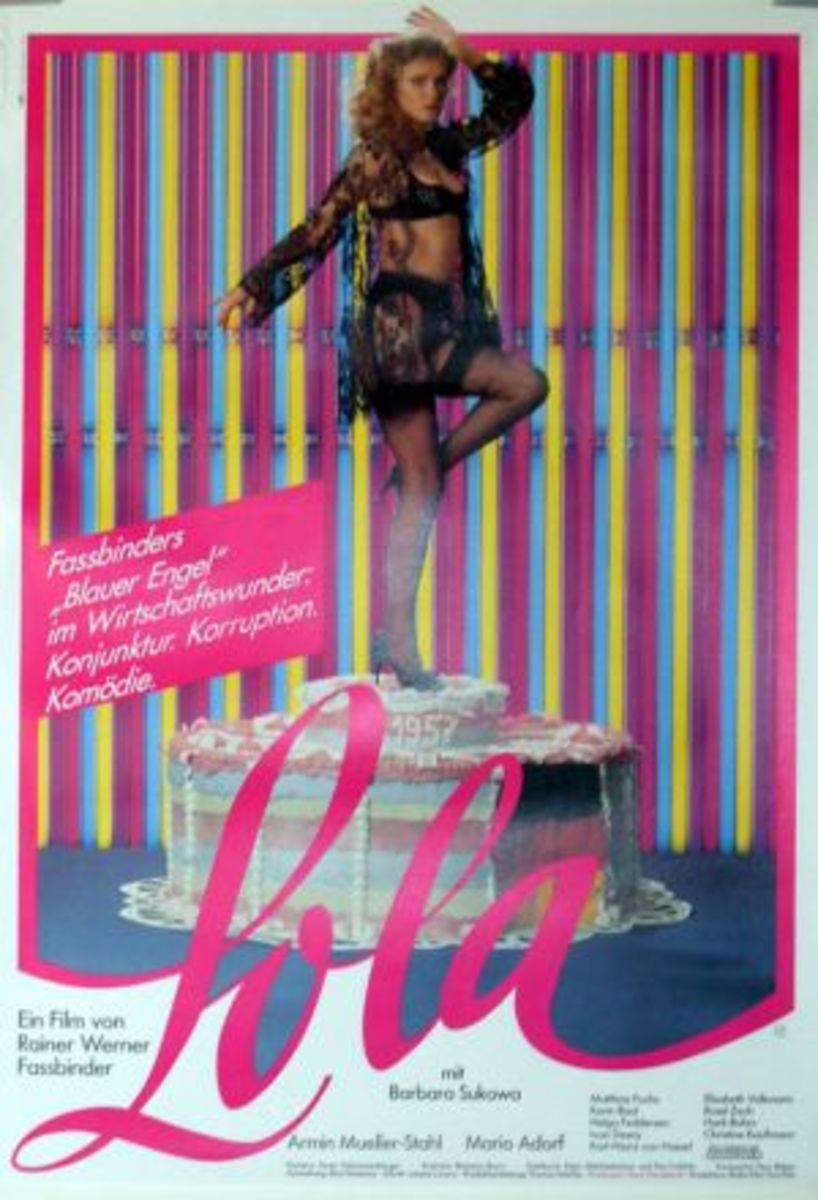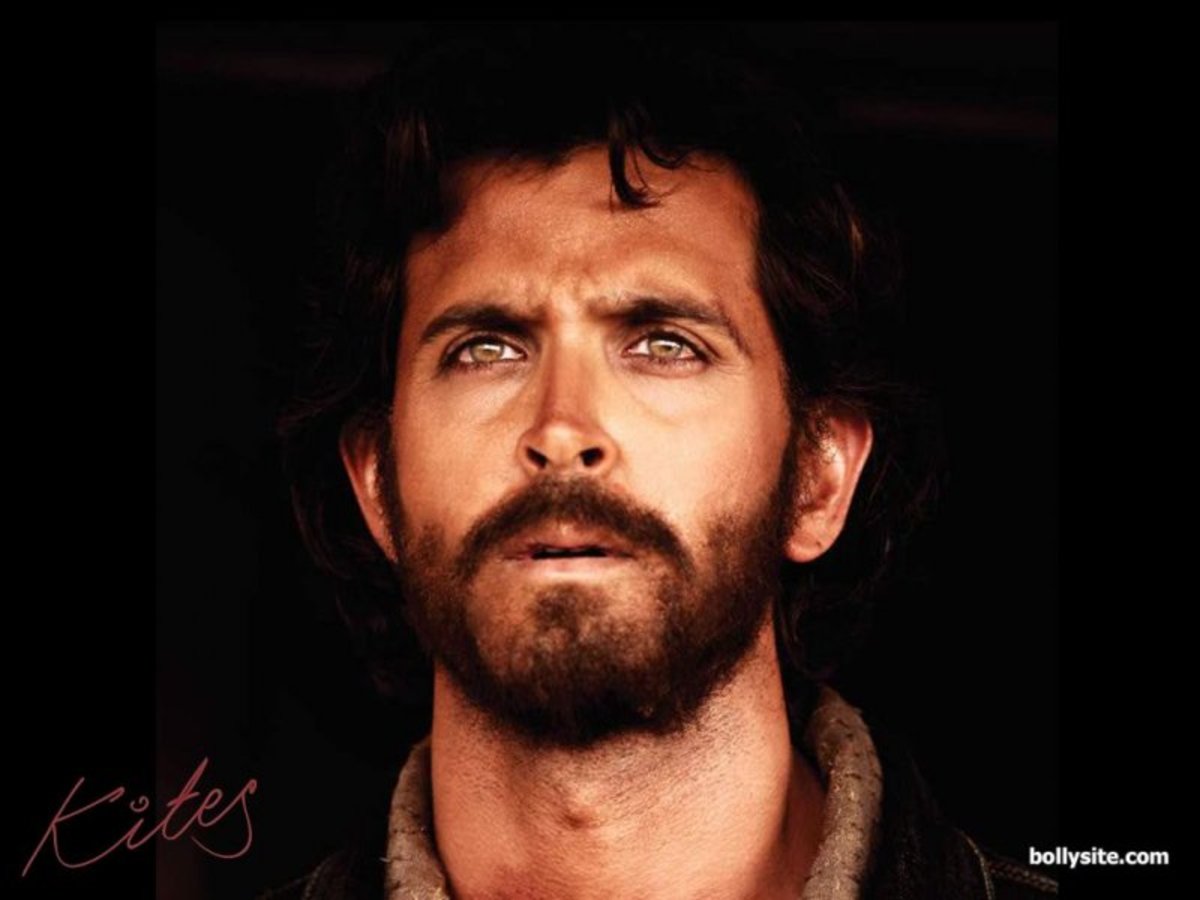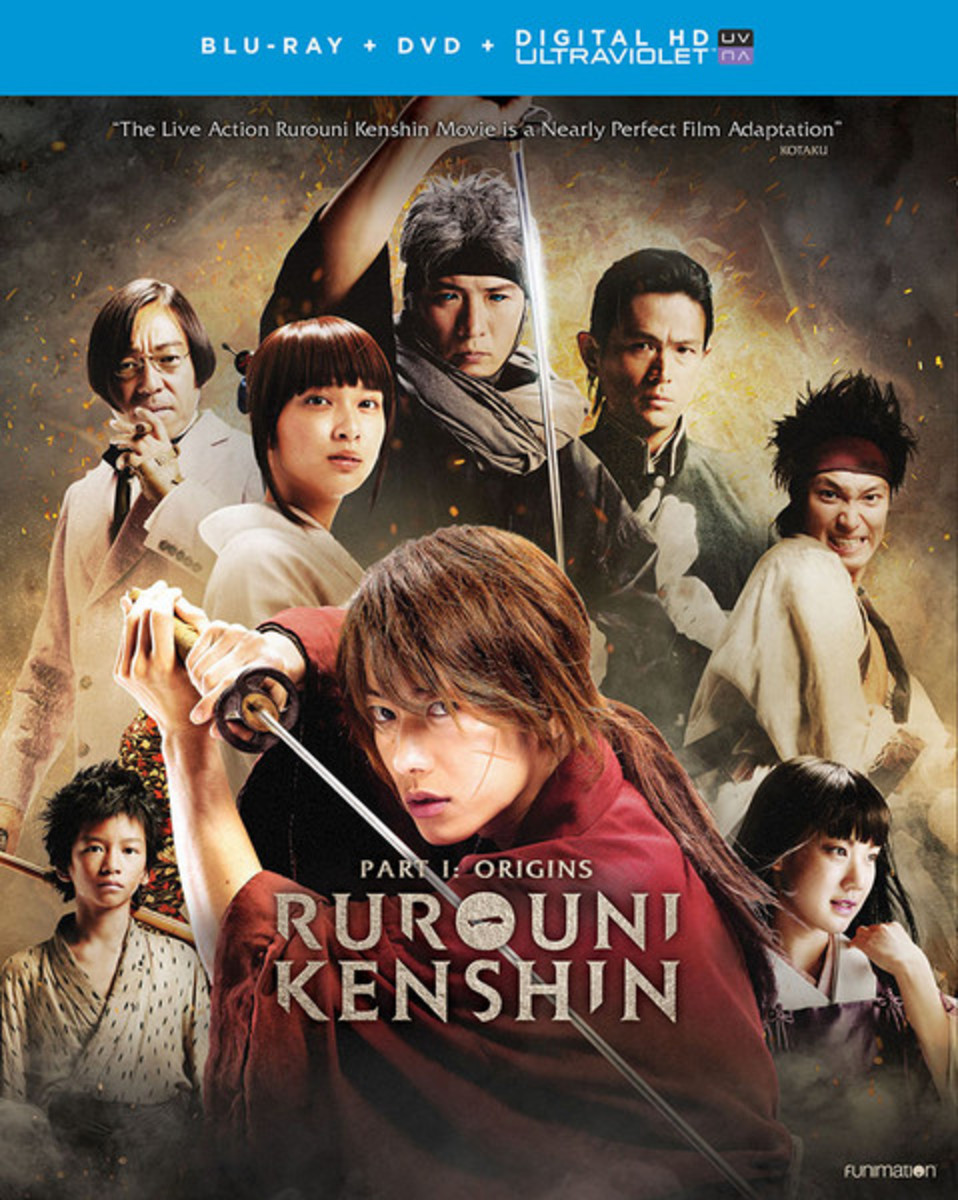The Beginner's Guide to Classic German Film
The Golden Age of German Cinema (1918-1933)
German movies don't receive as much attention as their Italian and French counterparts, but a well-rounded appreciation of cinema must include them.
During the 1920s, Germany produced the best films being made at the time. Government funding of the new art form allowed German film makers a high level of freedom and creativity. Unfortunately, the rise of the Nazi movement in 1933 put an end to free speech and forced many talented artists to emigrate to the U.S. The films made before 1930 are silent.
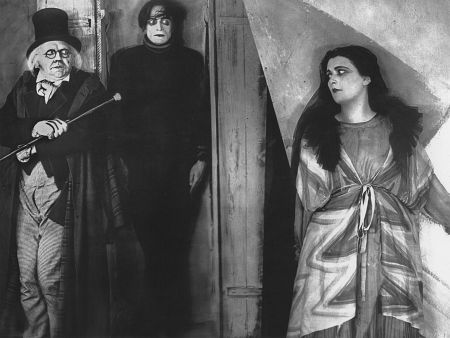
Nosferatu (1922, F.W. Murnau) This early horror classic features a very ugly vampire that is quite different from Bela Lugosi's romantic seducer. While the film is a curiosity of its time and necessary viewing, be warned that it moves slowly and doesn't generate the creepy feel of Tod Browning's 1931 Dracula.
Cabinet of Dr. Caligari (1919, Robert Wiene) The stand-out character is the set design heavily influenced by the Expressionist art movement of the time. As part of a traveling fair, Dr. Caligari comes to town with his fortune-telling somnambulist (sleepwalker), who does the Doctor's evil bidding. The story then shifts to a sanatorium with a familiar-looking superintendent.
Metropolis (1926, Fritz Lang) With its crazed female robot and oppressed masses living underground, this famous silent movie was the first communist sci-fi thriller. The film has since been colorized and set to heavy metal music, but I greatly prefer the original black and white. Madonna drew inspiration from the movie for her 1989 music video of Express Yourself.
M (1931, Fritz Lang) Here the director plays with the new dimension of sound, using it as a key to uncovering the serial murderer, played by Peter Lorre, who has been killing children in Berlin. The plot becomes difficult to follow as scenes of police investigators are edited in with scenes of criminals as juxtaposition. A second viewing is necessary to catch all the "clues". One thing I really like about this movie is that it offers a glimpse into the daily life of Germans at that time.
Other recommended viewing:
- Pandora's Box (1928, G.W. Pabst) American actress Louise Brooks stars.
- Blue Angel (1930, Josef von Sternberg) Marlene Dietrich sings.
Fassbinder
During the 1980s, Rainer Werner Fassbinder was quite the rage among film snobs, but is now almost forgotten by all except the truly hardcore art film fan. The term most often associated with Fassbinder is German New Wave, which basically began and ended with Fassbinder himself. He died of a cocaine overdose in 1982 after having reportedly indulged in an ounce a day.
Picking the best of his 22 films is difficult due to their uniform quality and style. Important among them is a trilogy about life in Germany after World War II, consisting of The Marriage of Maria Braun (1979), Lola (1982), and Veronika Voss (1982).
The Marriage of Maria Brown (1979) With her newlywed husband lost at war, Maria makes a new life for herself using both her looks and her brains. The photography is muted, and the characters are realistically complex.
Querelle (1982) Based on a story by Jean Genet, the film involves sailors in a French port looking at each other with smoldering eyes and occasionally stabbing each other in the back. While not Fassbinder's best film, it is a notorious curiosity among cult film fans.
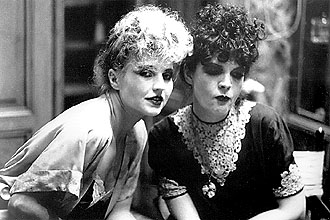
The Tin Drum (Die Blechtrommel)
Germany has produced many great novels, but few of them have been turned into great movies. One exception is the 1979 film, The Tin Drum, directed by Volker Schlondorff and based on the 1959 novel by Gunter Grass. Set in Poland before and during Nazi times, the surrealist tale centers on a child named Oskar who stunts his growth because of his disdain for adult behavior. Oskar has a couple special talents, which he never hesitates to use, and a taste for the bizarre.
Other recommended viewing:
- The Lost Honor of Katarina Blum (1975) Novel by Heinrich Boll.
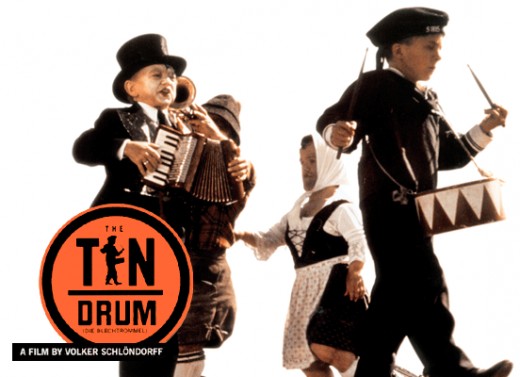
Wim Wenders
The greatest German director currently working, Wim Wenders has created thought-provoking, extraordinary films that explore the depths and longings of the human soul. Required viewing are Wings of Desire (1988) and its sequel Faraway, So Close (1993), which feature angels walking among humans in Berlin, hearing their thoughts. The soundtracks include musicians such as Nick Cave, Laurie Anderson, and Lou Reed; and Peter Falk adds his curious presence.
Other recommended viewing:
- The American Friend (1977) with Dennis Hopper
- Paris, Texas (1984) soundtrack by Ry Cooder, filmed in English
© 2007 Jill Townley






